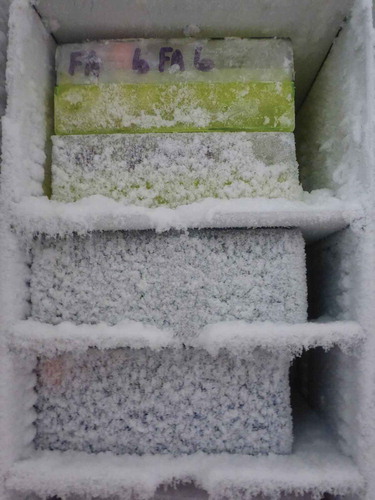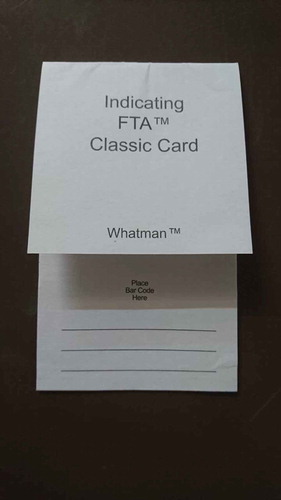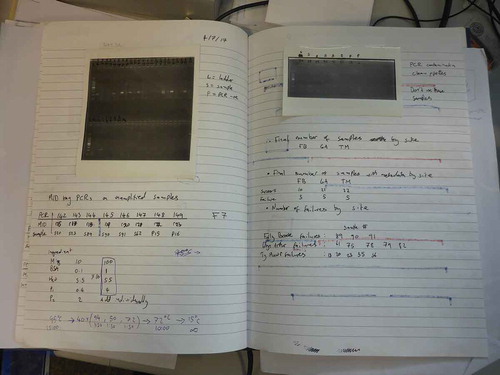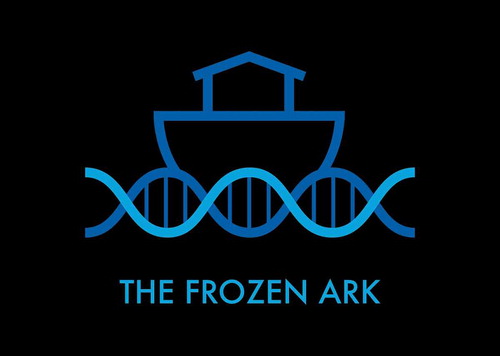Figures & data
Figure 2. Inside one of the −80°C freezers storing samples of biological material from endangered non-human animals at the Frozen Ark in Nottingham (Photograph by Esther Breithoff).

Figure 3. The FTA® is a paper-based system that allows the collection and storage of DNA (mostly from blood and buccal swabs) by dabbing a bit of the fluid into one of the pink circles inside the card. It allows a quick and safe storage of DNA without the need of liquid nitrogen and freezers, making them a practical alternative when sampling in the field. Unfortunately, the cards are expensive and only allow 4 samples per card. Such technologies make the collection, transportation and subsequent storage of DNA/biomaterials as conservation proxies possible (Photograph by Esther Breithoff).

Figure 4. Lab book entry showing PCR data (amplifications of a known section of DNA often used to either identify the presence or absence of a genetic trait) and agarose gel images (the florescent rectangles visible in the images identify the presence or absence of a genetic trait), which act as proxies for the flycatcher bird that the DNA was taken from for a study at the School of Biosciences, University of Cardiff (Photograph by Esther Breithoff).



